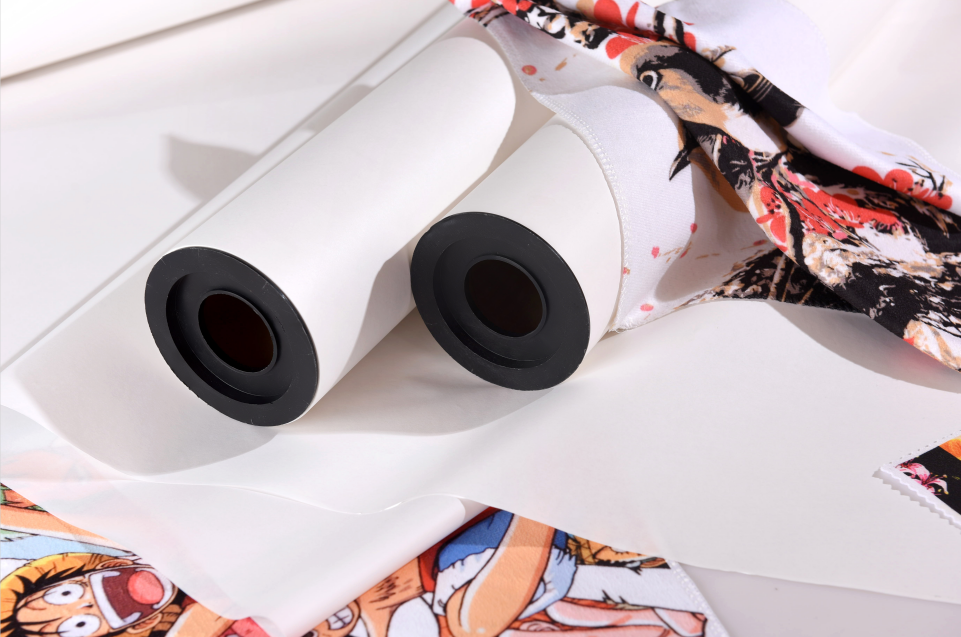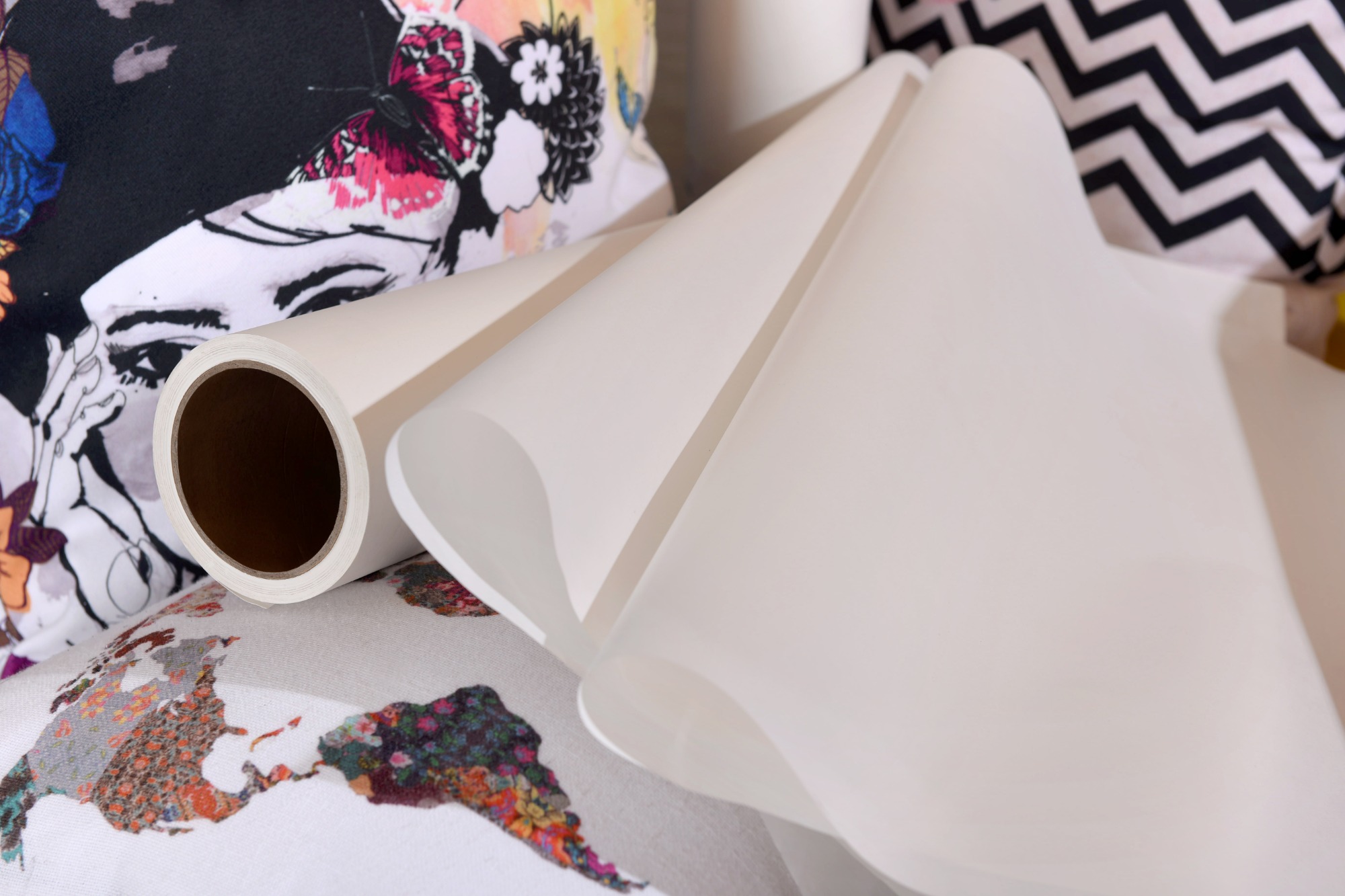When most people talk about sublimation, they generally tend to talk about the inks or the printers or maybe the awesome varieties of sublimation blanks available. I would guess that most people spare little if any thought for the paper on which the transfers will be printed. This lack of thought about the paper you choose can be a serious oversight and have major consequences for the cost and quality of your printing. Given that, I thought it might be a good idea to discuss why paper matters and what qualities a good sublimation paper should have.

In the spirit of full disclosure, paper is not the high cost one , but the important one!
The most important things of sublimation paper is as follow:
- Release Rate
- Hybrid (combines properties of both)
- Printing Flat Anti Curl
High Release sublimation papers typically require lower press times to release the majority of their sublimation dye into the substrate. This decreased press time can also decreas your production time, and may increase your margins. High release papers work very well for lower DPI prints of artwork on fabrics or other “soft goods”, and may also provide slightly superior color transfer. One thing you should be aware of is that high release papers typically don’t dry as fast. If you are printing large numbers of sheets and allow the sheets to stack up, you may experience some smearing of the ink as one sheet feeds out on top of another. There is also the potential for “tracking” where the feed wheels on your printer function pick up and deposit “tracks” of ink. There is also the potential for instances of “blow out” on hard goods like ceramics and FRP, if the dye is released so quickly that the coating cannot absorb it at the same rate. High release paper may also be more susceptible to curling, printer jams, humidity, and other environmental issues.
 Low or Standard Release papers usually have just the opposite qualities from high release papers. They dry very quickly, so there are rarely any smearing issues. They also work very very well on all hard goods like ceramics and FRP with little, if any, “blow out”. Unlike high release papers, however, they require much more time in the heat press to get the dye out. Reducing the press time even a little can cause colors to be less vibrant. Long amounts of time in the heat press can also cause yellowing or other damage to coatings and fabrics. This class of paper, however, is virtually immune to paper jams or other environmental issues, and works equally well in a variety of printers and environments.
Low or Standard Release papers usually have just the opposite qualities from high release papers. They dry very quickly, so there are rarely any smearing issues. They also work very very well on all hard goods like ceramics and FRP with little, if any, “blow out”. Unlike high release papers, however, they require much more time in the heat press to get the dye out. Reducing the press time even a little can cause colors to be less vibrant. Long amounts of time in the heat press can also cause yellowing or other damage to coatings and fabrics. This class of paper, however, is virtually immune to paper jams or other environmental issues, and works equally well in a variety of printers and environments.
 As you can see, the type of sublimation paper you choose can have a large bearing on the success and cost of your sublimation printing. All sublimation papers are not created equal, and the cheapest option may not always be the best. Before you settle on one paper, take the time to test a few and see which one works best for you and your business. If you are interested in testing EnMart’s Mpres paper, simply contact us and ask for a sample pack. We’re confident in our paper, and we believe, once you’ve tested a sample, you will be as well.
Subtextile Co. Ltd.
No.7-2 ,Waisha Village, Baguazhou, Qixia District, Nanjing City, JiangSu Province, China
As you can see, the type of sublimation paper you choose can have a large bearing on the success and cost of your sublimation printing. All sublimation papers are not created equal, and the cheapest option may not always be the best. Before you settle on one paper, take the time to test a few and see which one works best for you and your business. If you are interested in testing EnMart’s Mpres paper, simply contact us and ask for a sample pack. We’re confident in our paper, and we believe, once you’ve tested a sample, you will be as well.
Subtextile Co. Ltd.
No.7-2 ,Waisha Village, Baguazhou, Qixia District, Nanjing City, JiangSu Province, China
P.C:213000
Export office:
699-18 ,Xuanwu Blvd.,Nanjing City,Jiangsu,China
P.C:213000
Tel:+86 25 85416407 (GLOBAL)
Fax:+86 25 85416407 (GLOBAL)
Cell:+86 17798509616
E-mail:[email protected]



 Choose sublimation paper? Focus on quality over price
Choose sublimation paper? Focus on quality over price
 7 Factors To Consider Before Choosing A Digital Textile Printer
7 Factors To Consider Before Choosing A Digital Textile Printer
 2024 Apparel Decoration Industry Trends
2024 Apparel Decoration Industry Trends
 What are the features of digital textile printing equipment
What are the features of digital textile printing equipment